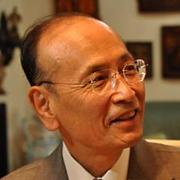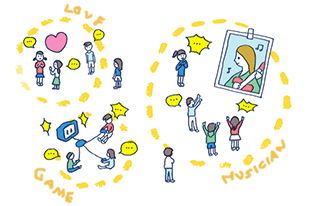the Bayh-Dole Act
レーガン政権とバイ・ドール法は、医学部や教育病院の性格を一変させた。これらの非営利機関は自らを製薬会社の「パートナー」と考えはじめるようになった。そして自身の研究成果を利用して、金儲けをする機会をうかがうだけの商売人になってしまった。大学の研究者は、自らの研究に特許を取るように奨励され、特許使用料の分け前にあずかっているのである。
医学部と教育病院の多くには、この動きを促進し研究結果から利益を得るため、「技術移転事務局」が設置された。
1990年代、研究者の間で起業家精神が育まれるにつれ、医学部の研究者は自らの所属施設の動きをまねて、製薬会社との間でさまざまな形で金になる取引をするようになった。その一つは、医学研究で製薬会社寄りに結果を捻じ曲げて報告するというものである。こんなことはかつては見られなかったことなのに、研究者の間にすっかり蔓延してしまった。
「ビッグ・ファーマ」製薬会社の真実 篠原出版新社、2005、マーシャ・エンジェル
A key change made by Bayh-Dole was in the procedures by which federal contractors that acquired ow
nership of inventions made with federal funding could retain that ownership. Before the Bayh-Dole
Act, the Federal Procurement Regulation required the use of a patent rights clause that in some cas
es required federal contractors or their inventors to assign inventions made under contract to the
federal government unless the funding agency determined that the public interest was better served
by allowing the contractor or inventor to retain principal or exclusive rights. The National Instit
utes of Health, National Science Foundation, and the Department of Commerce had implemented program
s that permitted non-profit organizations to retain rights to inventions upon notice without reques
ting an agency determination.By contrast, Bayh-Dole uniformly permits non-profit organizations and
small business firm contractors to retain ownership of inventions made under contract and which th
ey have acquired, provided that each invention is timely disclosed and the contractor elects to ret
ain ownership in that invention.
A second key change with Bayh-Dole was to authorize federal agencies to grant exclusive licenses to
inventions owned by the federal government.
https:/
レーガン政権とバイ・ドール法は、医学部や教育病院の性格を一変させた。これらの非営利機関は自らを製薬会社の「パートナー」と考えはじめるようになった。そして自身の研究成果を利用して、金儲けをする機会をうかがうだけの商売人になってしまった。大学の研究者は、自らの研究に特許を取るように奨励され、特許使用料の分け前にあずかっているのである。
医学部と教育病院の多くには、この動きを促進し研究結果から利益を得るため、「技術移転事務局」が設置された。
1990年代、研究者の間で起業家精神が育まれるにつれ、医学部の研究者は自らの所属施設の動きをまねて、製薬会社との間でさまざまな形で金になる取引をするようになった。その一つは、医学研究で製薬会社寄りに結果を捻じ曲げて報告するというものである。こんなことはかつては見られなかったことなのに、研究者の間にすっかり蔓延してしまった。
「ビッグ・ファーマ」製薬会社の真実 篠原出版新社、2005、マーシャ・エンジェル
A key change made by Bayh-Dole was in the procedures by which federal contractors that acquired ow
nership of inventions made with federal funding could retain that ownership. Before the Bayh-Dole
Act, the Federal Procurement Regulation required the use of a patent rights clause that in some cas
es required federal contractors or their inventors to assign inventions made under contract to the
federal government unless the funding agency determined that the public interest was better served
by allowing the contractor or inventor to retain principal or exclusive rights. The National Instit
utes of Health, National Science Foundation, and the Department of Commerce had implemented program
s that permitted non-profit organizations to retain rights to inventions upon notice without reques
ting an agency determination.By contrast, Bayh-Dole uniformly permits non-profit organizations and
small business firm contractors to retain ownership of inventions made under contract and which th
ey have acquired, provided that each invention is timely disclosed and the contractor elects to ret
ain ownership in that invention.
A second key change with Bayh-Dole was to authorize federal agencies to grant exclusive licenses to
inventions owned by the federal government.
https:/
|
|
|
|
|
|
|
|
孫崎亨・広原盛明・色平哲郎達見 更新情報
-
最新のイベント
-
まだ何もありません
-
-
最新のアンケート























